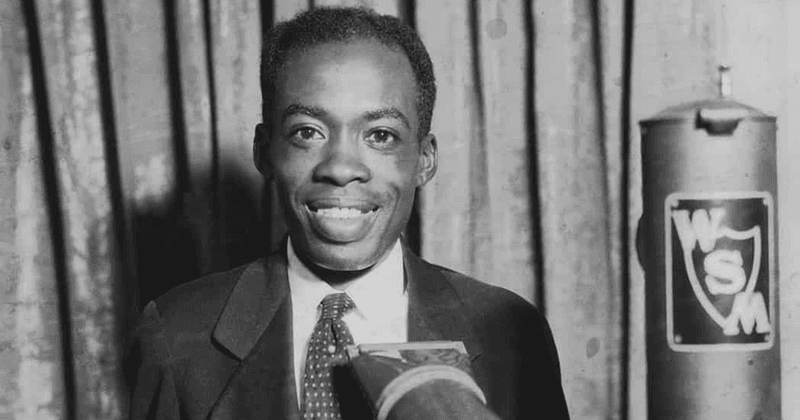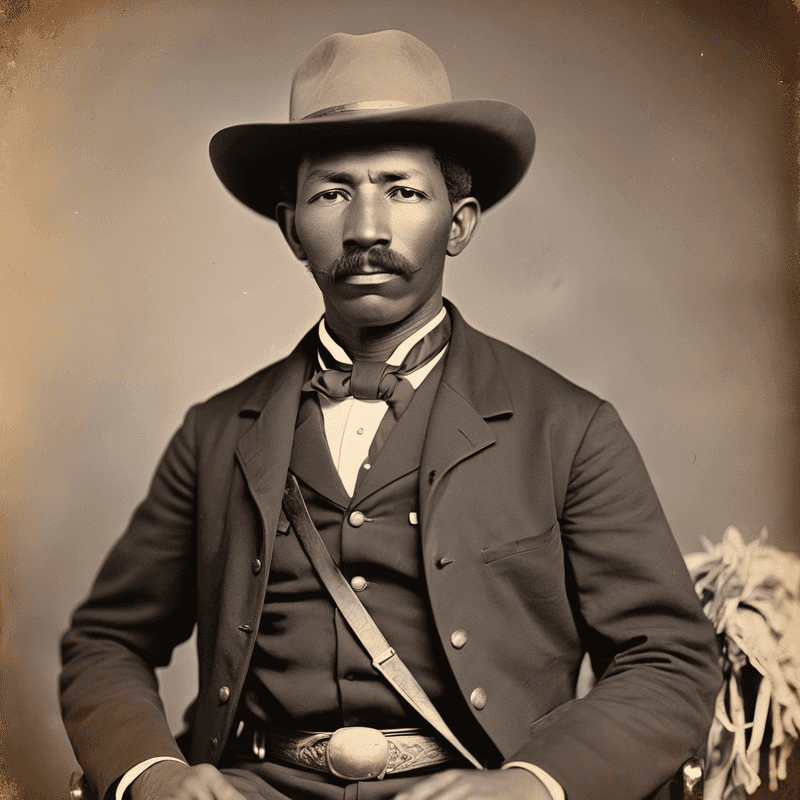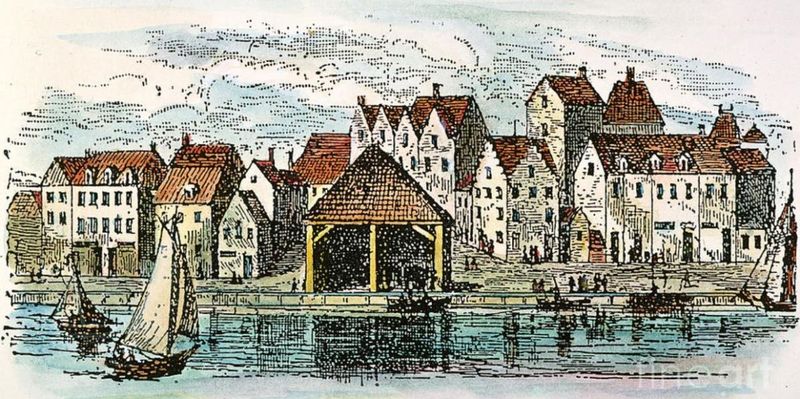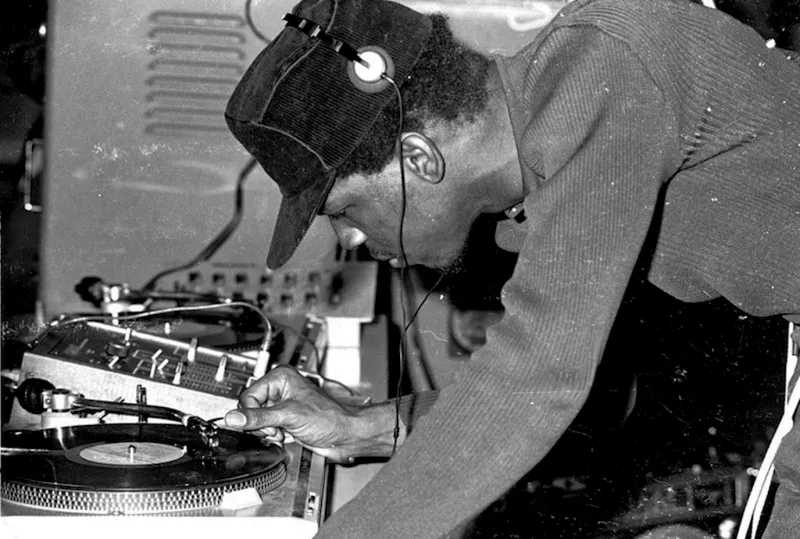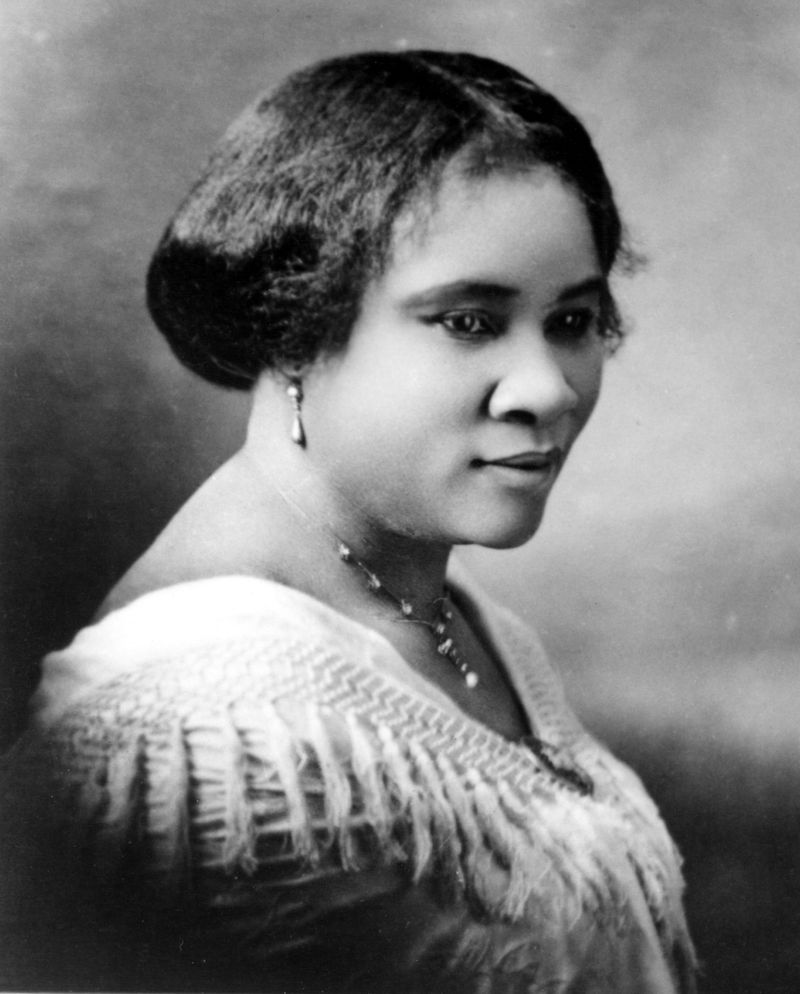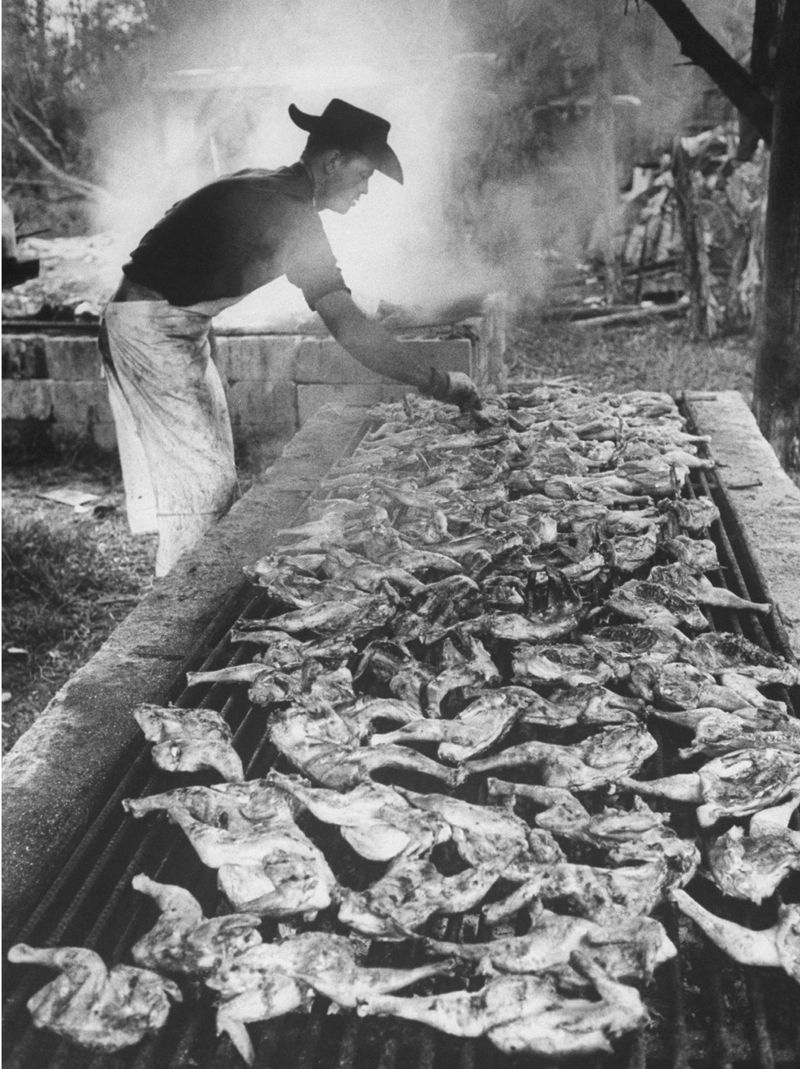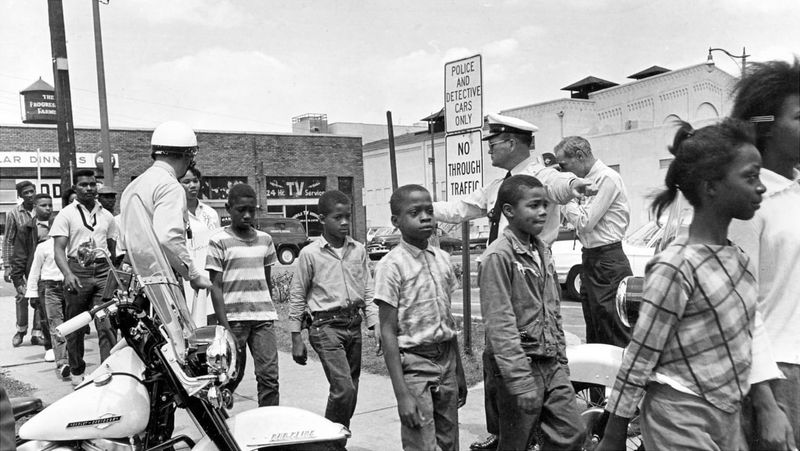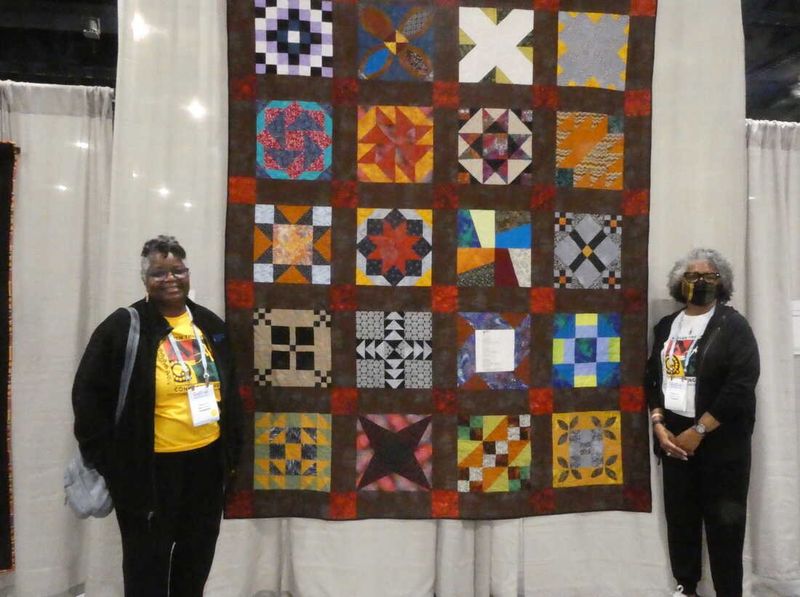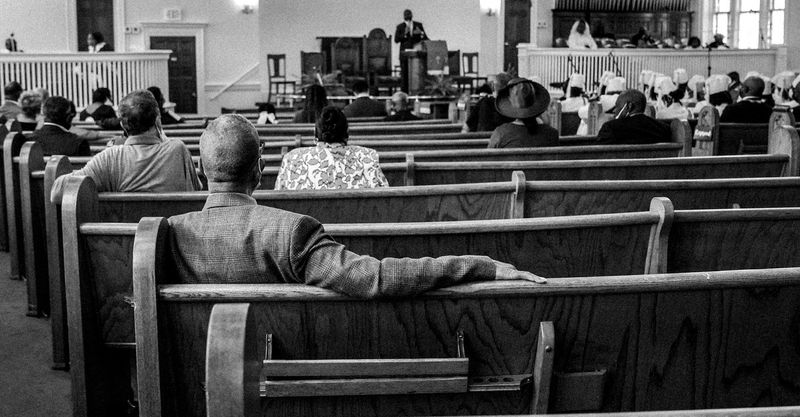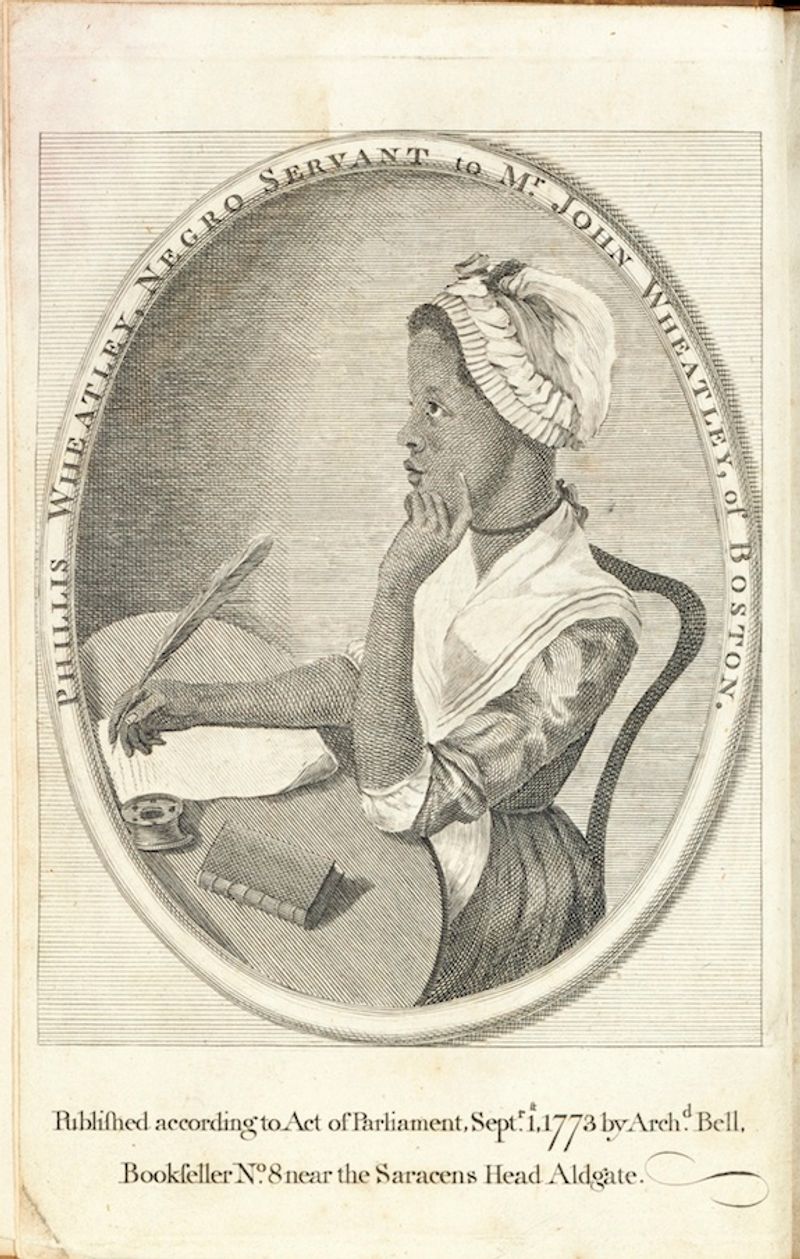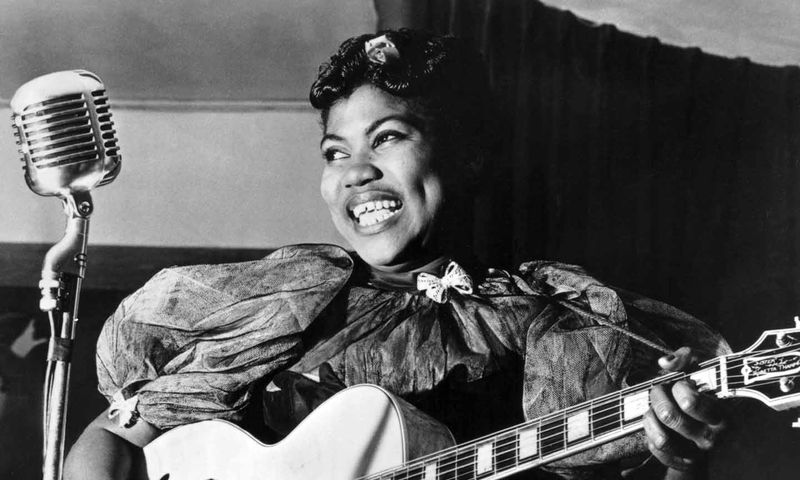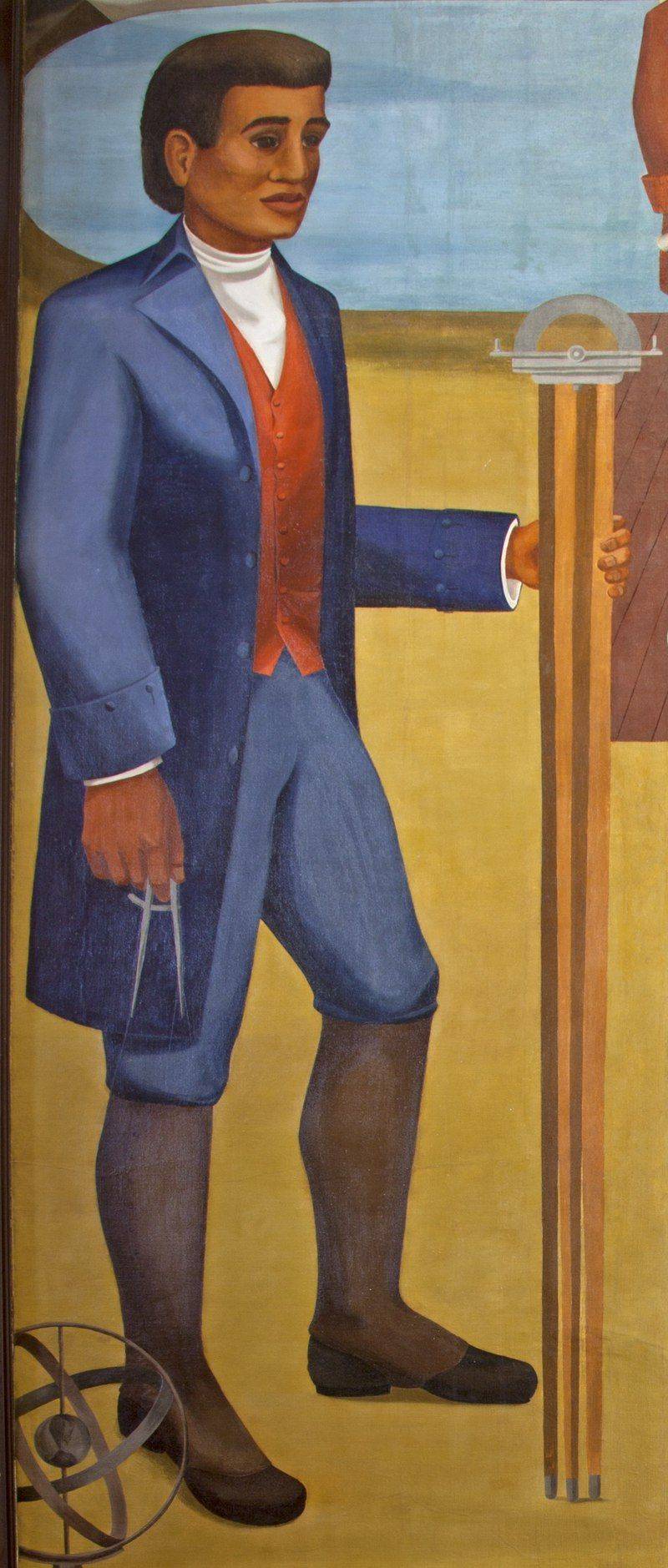African American culture has shaped America in countless ways that often go unmentioned in traditional history books.
These untold stories reveal the true richness of Black contributions to everything from music and food to science and politics.
Knowing these hidden facts helps us understand how deeply African American innovation and resilience have influenced our society today.
1. The First Clock in America Was Built by a Black Man
Benjamin Banneker crafted the first American timepiece completely from wood in the 1750s, using only a borrowed pocket watch as reference. This remarkable achievement came from a self-taught mathematician and astronomer who had received minimal formal education.
Banneker carved each gear and mechanism by hand, studying the borrowed watch’s movements and replicating them through pure ingenuity. His wooden clock kept perfect time for over 20 years.
Later, Banneker would help survey Washington D.C. and publish respected almanacs, proving that genius flourishes regardless of opportunity or background.
2. The Real Origin of Country Music Includes African Americans
The banjo, country music’s defining instrument, originated from African gourd instruments brought to America by enslaved people. Early country pioneers like Jimmie Rodgers and Hank Williams openly acknowledged learning their craft from Black musicians who never received proper credit.
DeFord Bailey, a harmonica virtuoso, became the first Black star of the Grand Ole Opry in the 1920s. His recordings influenced generations of country performers.
The call-and-response patterns, slide guitar techniques, and even yodeling in country music trace directly back to African American musical traditions that predated the genre’s commercial recognition.
3. Black Cowboys Were Real—and Common
Hollywood westerns rarely showed it, but approximately one in four cowboys working cattle drives after the Civil War was African American. These skilled horsemen like Bill Pickett invented techniques still used in rodeos today, including bulldogging (wrestling steers to the ground).
Bass Reeves, a former slave, became one of the most successful U.S. Deputy Marshals in American history. He arrested over 3,000 outlaws and inspired the character of the Lone Ranger.
Cherokee Bill, Nat Love, and Isom Dart were legendary Black cowboys whose exploits matched any of their white counterparts celebrated in dime novels and early films.
4. Wall Street Was Once a Slave Market
Long before becoming the world’s financial center, Wall Street hosted New York City’s first slave market starting in 1711. A wooden structure stood at the corner of Wall and Pearl Streets where enslaved Africans were bought and sold like commodities.
The market was so profitable that New York became the second-largest slave-owning colony behind only Charleston. Many prominent New York families built their fortunes through this human trafficking.
Only in 2015 did New York City officially acknowledge this history with a small plaque marking the site. This dark chapter remains largely absent from mainstream financial district tours and history.
5. Hip Hop Was Born at a Bronx Block Party in 1973
On a hot August night in 1973, DJ Kool Herc (Clive Campbell) changed music forever at his sister’s back-to-school party. Using two turntables, he extended the instrumental breaks in funk records, creating the first breakbeats that dancers loved.
This innovation sparked a cultural revolution that went far beyond music. B-boys and B-girls developed breakdancing on these extended beats, while MCs (masters of ceremonies) began speaking rhythmically over the music.
Graffiti art and distinctive fashion completed what became known as hip hop’s four elements. From this humble Bronx beginning emerged a global force that has influenced everything from language to politics.
6. The First Self-Made Female Millionaire Was Black
Madam C.J. Walker transformed her own hair loss solution into an empire during America’s harshest Jim Crow era. Born to former slaves in 1867, she developed hair products specifically for Black women when major companies ignored their needs.
Walker’s genius extended beyond formulas to her business model. She trained thousands of women as “beauty culturists,” creating economic opportunities throughout Black communities when few existed.
Her wealth allowed her to become a major philanthropist and civil rights supporter. When she built her mansion on the Hudson River near Rockefeller and Vanderbilt estates, she definitively shattered both gender and racial barriers in American business.
7. African Americans Created the Modern BBQ Tradition
America’s beloved barbecue tradition comes directly from enslaved African Americans who combined their homeland smoking techniques with Native American cooking methods. Plantation owners often assigned barbecue duties to enslaved people with specialized cooking knowledge.
The distinctive slow-cooking approach developed because enslaved cooks were typically given the least desirable cuts of meat. Through patient smoking and basting, they transformed tough cuts into tender delicacies.
After emancipation, Black pitmasters became celebrated figures at community gatherings and eventually opened the first commercial barbecue restaurants. Regional styles like Memphis dry rub and Carolina vinegar sauce all trace back to these African American culinary innovations.
8. The First Blood Bank Was Designed by a Black Doctor
Dr. Charles Drew revolutionized medicine by developing the first system for storing blood plasma in the 1940s. His research established that plasma could be stored much longer than whole blood, making large-scale blood banking possible for the first time.
During World War II, Drew directed the “Blood for Britain” program, saving countless Allied soldiers’ lives. Ironically, the American Red Cross initially refused to accept blood from Black donors, despite Drew’s position as their expert.
Contrary to popular myth, Drew didn’t die after being refused treatment at a whites-only hospital. He died following a car accident in 1950, though the segregated facility he reached could only provide limited care.
9. The Civil Rights Movement Included Children on the Frontlines
The 1963 Children’s Crusade in Birmingham changed the civil rights movement when thousands of young people deliberately faced arrest to protest segregation. Kids as young as six walked out of schools to join marches, knowing they would likely face police dogs and fire hoses.
Martin Luther King Jr. initially opposed involving children, but young organizers convinced him their participation would draw crucial attention. The strategy worked—images of children being attacked shocked the nation’s conscience.
These brave young protesters filled Birmingham’s jails to capacity, creating exactly the crisis needed to force negotiations. Their courage directly influenced President Kennedy’s decision to propose comprehensive civil rights legislation.
10. African American Quilters Hid Escape Routes in Their Patterns
Enslaved women developed an ingenious communication system through seemingly decorative quilt patterns. According to oral histories, specific designs like the “Wagon Wheel” or “Flying Geese” contained coded messages about escape routes and timing for those seeking freedom.
Quilts hung on fences or clotheslines appeared innocent to slaveholders but conveyed vital information to those who understood the code. The “Drunkard’s Path” pattern, with its zigzag design, reportedly warned of the need to move in an indirect route to avoid capture.
While historians debate the extent of this practice, the tradition highlights how creativity became resistance. Modern African American quilting circles still honor these patterns as symbols of ancestral ingenuity.
11. The Term ‘Soul Food’ Reflects Resistance
Soul food wasn’t just about survival—it was culinary resistance. Enslaved cooks transformed discarded ingredients like pig intestines (chitlins) and tough greens into dishes so delicious that they became cultural treasures.
The term “soul food” itself emerged during the 1960s Black Power movement as a declaration of cultural pride. Activists embraced these traditional foods as symbols of resilience and community strength.
Many soul food staples reveal direct African connections. Okra, black-eyed peas, and rice dishes like Hoppin’ John preserved cooking techniques from West Africa, maintaining cultural ties across generations despite the brutal attempt to erase African identities through slavery.
12. The Black Church Was Ground Zero for Political Organizing
African American churches functioned as far more than spiritual centers—they were the first truly independent Black institutions in America. When all other gathering places were controlled by white authorities, churches provided rare spaces for free expression and organization.
Church basements hosted freedom schools, voter registration drives, and strategy sessions for civil rights actions. Ministers like Fred Shuttlesworth and Ralph Abernathy risked their lives coordinating protests from their pulpits.
The musical tradition of the Black church directly shaped protest anthems. “We Shall Overcome” evolved from an old gospel hymn, while church-trained voices like Mahalia Jackson’s amplified movement messages through song, creating the soundtrack for liberation.
13. The First Published African American Poet Was a Teen Girl
Kidnapped from West Africa at age seven, Phillis Wheatley published her first poetry collection in 1773 when she was just 20 years old. Her literary achievement was so extraordinary that she had to defend her authorship before 18 prominent Bostonians who couldn’t believe a young enslaved girl could write such sophisticated verse.
Wheatley’s poetry impressed even George Washington, who invited her to visit him. Her work combined classical references with subtle critiques of slavery, using her literary platform to assert her humanity.
Despite her international fame, Wheatley died in poverty at 31 after being freed. Her groundbreaking achievement opened doors for future Black writers who would follow her literary path.
14. Blues Music Was the Foundation of Rock ‘n’ Roll
Before Elvis Presley became “The King,” Sister Rosetta Tharpe was electrifying audiences by playing gospel music on electric guitar in the 1930s and 40s. Her pioneering guitar techniques directly influenced early rock musicians, yet she rarely receives proper credit as rock’s foremother.
Mississippi Delta bluesmen like Robert Johnson and Muddy Waters created the musical vocabulary that white rock musicians would later adopt. The 12-bar blues progression, call-and-response patterns, and emotional vocal delivery became rock’s backbone.
Little Richard, whose flamboyant performance style and driving piano redefined musical energy, watched as Pat Boone’s tamer covers of his songs received wider radio play due to racial barriers in the music industry.
15. Juneteenth Was Kept Quiet for Over a Century
On June 19, 1865—two and a half years after the Emancipation Proclamation—enslaved people in Galveston, Texas finally learned they were free. This day became known as “Juneteenth,” marking true emancipation for many who had been kept in bondage through deliberate information suppression.
For generations, Juneteenth celebrations remained primarily within Black communities, especially in Texas. Families gathered for barbecues, storytelling, and prayer services to commemorate freedom while mainstream America largely ignored this pivotal historical moment.
Only in 2021 did Juneteenth become a federal holiday, following renewed racial justice awareness. The long delay in national recognition reflects America’s reluctance to fully acknowledge slavery’s brutal legacy.
16. African American Architects Helped Build Washington, D.C.
The White House and U.S. Capitol—symbols of American democracy—were partially built by enslaved African Americans. Skilled Black craftsmen quarried the stone, laid the bricks, and created intricate woodwork for buildings celebrating freedom they were denied.
Philip Reid, an enslaved metalworker, solved the puzzle of assembling the Statue of Freedom that tops the Capitol dome when no one else could figure it out. Reid’s engineering brilliance came while he himself remained in bondage.
Benjamin Banneker saved the entire D.C. project when chief architect Pierre L’Enfant quit and took the plans. Banneker, using only his memory after seeing the plans briefly, recreated the entire city layout, ensuring Washington’s construction could continue.
17. “The Talk” in Black Families Isn’t About Birds and Bees
Across generations, Black parents have sat their children down for a conversation about survival rather than reproduction. “The Talk” provides crucial instructions on navigating police encounters: keep your hands visible, don’t make sudden movements, say “yes sir” or “yes ma’am,” regardless of how you’re treated.
Children often receive these instructions starting around age 10—sometimes younger for boys. Parents must balance preserving their child’s safety without crushing their spirit or sense of dignity.
This ongoing tradition represents both profound love and heartbreaking reality. The necessity of “The Talk” highlights America’s persistent racial disparities in policing and safety, something rarely acknowledged in mainstream educational settings.


